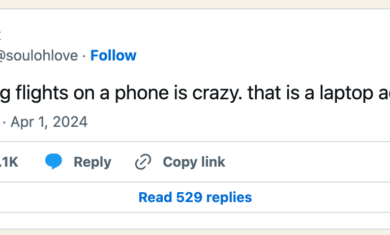Over the past year or so, I’ve seen Google release two products that make subtle unexpected use of technology in brilliant ways.
The first is Google Stadia, their streaming video game service. I talked about it a few years ago, and it’s indeed quite excellent! What makes it interesting for this post is the way the controller works. Most video game controllers, like on a PlayStation or Xbox, use Bluetooth to connect to the system. It’s a great way to connect and works well.
Stadia, on the other hand, uses wifi. At first blush, that seems really weird, but it’s actually very smart. The biggest potential issue with Stadia is latency. When you press the “jump” button on your controller, that button press has to go all the way back to Google, where they press “jump” on their server, and then they stream that video to your TV. It happens amazingly fast, but it’s clearly much different than the “jump” command just having to go across the room to your PS5 and then on to the TV.
Since your “jump” command eventually needs to get out on the internet to get the data to Google, having them connect to wifi saves a step (and some of that precious time). The controller can issue the jump command directly to the internet, whereas a Bluetooth controller would pass that info along to your Chromecast or computer first, and then send it out. It’s a smart move by Google to shave a few milliseconds.
The other is a more recent Google product, their Google TV device. It’s essentially a fancy Chromecast, and it includes a remote control. However, unlike most remote controls, this one uses Bluetooth instead of IR (infrared). This means that you can press the buttons on the remote without having to point it at your TV. It’s a subtle change, but pretty helpful. In fairness, Apple TV has been doing this for a long time as well, but this is my first experience with a remote like that.
That’s the way we’ve always done it
Essentially every wireless game controller has used Bluetooth, and every remote control has used IR. Google decided that “the way we’ve always done it” isn’t always the best way, and these two subtle moves show why. Kudos to them and Apple for these kinds of changes, and it’s a good reminder to always be thinking about what might really be the best option for that next project.




